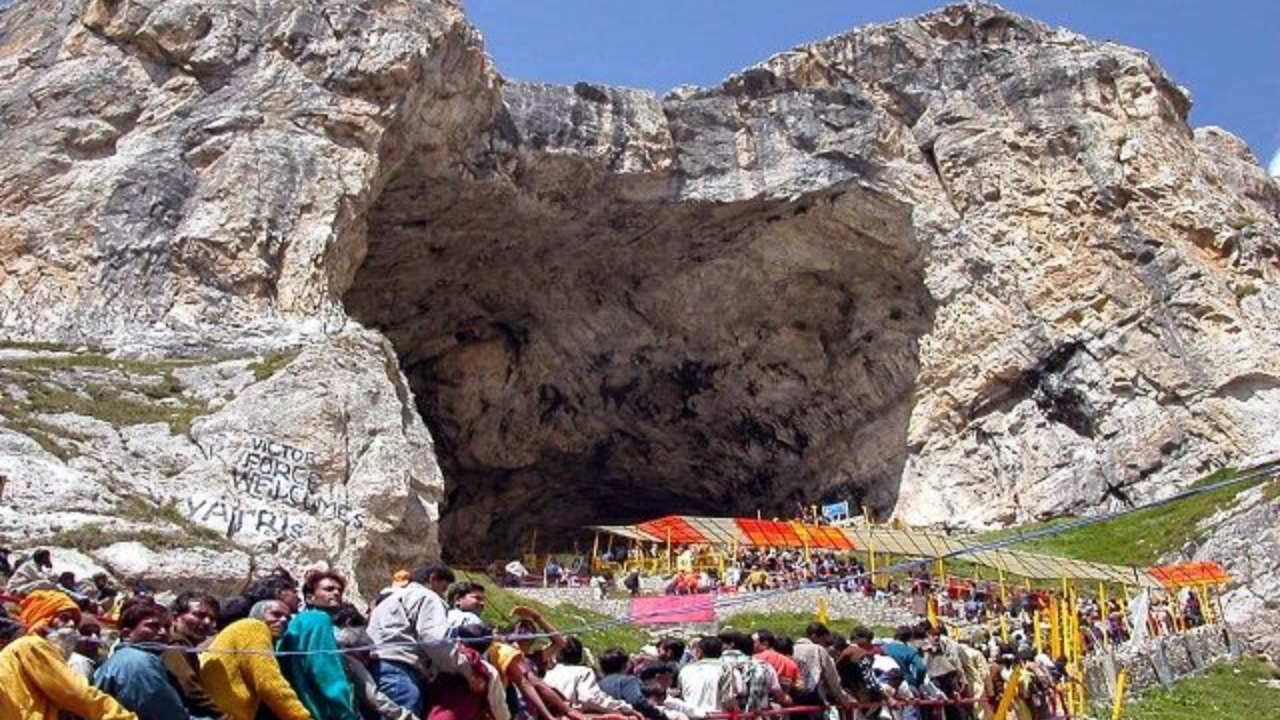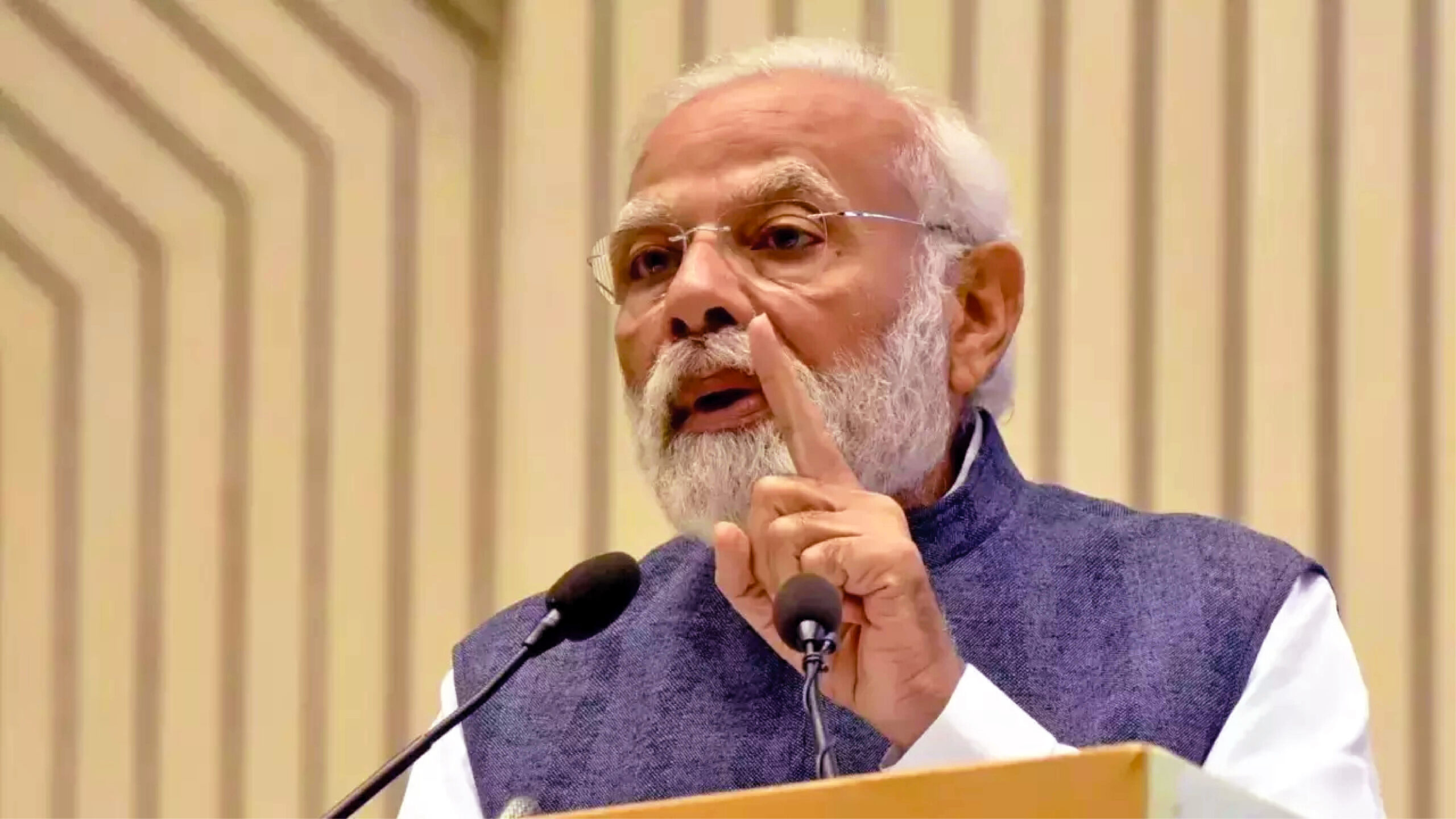
SRINAGAR, July 2: The Holy Cave of Shri Amarnathji has long attracted devotees from across India and around the world. This annual pilgrimage, deeply rooted in Hindu tradition, not only holds significant religious and historical importance but also showcases the rich cultural tapestry of India, fostering relationships among people from diverse backgrounds.
The convergence of pilgrims from various regions, languages, and cultures during the yatra enriches the social fabric through mutual interaction and exchange of values, ideas, and thoughts.
Beyond its social impact, the two-month-long Shri Amarnathji Yatra is crucial for the economic growth and prosperity of the region. It generates income for thousands of service providers, including transporters, pony handlers, porters, palanquin bearers, traders, shopkeepers, hoteliers, artisans, vendors, and many other unorganized workers.
Recognizing the yatra’s religious and economic significance, the Administration of the Union Territory of Jammu and Kashmir has implemented a well-coordinated and efficient system of facilities at each station and camp along the pilgrimage route.
Over the years, the Administration has consistently upgraded facilities to ensure a comfortable and convenient experience for the pilgrims. This includes quality accommodation, healthcare services with expert medical staff, reliable telecommunication, langar (community kitchen) services, sanitation, and trained NDRF and SDRF personnel to assist the elderly, weak, and female pilgrims navigating the mountainous terrain.
Starting from the registration process, the Administration has created an online facility for advance registration while also setting up registration counters at base camps for those who had not previously registered. Pilgrims receive RFID cards to track their movement for security and safety, ensuring efficient management of the influx of pilgrims.
To monitor logistics, weather conditions, and activities along both axes of the Holy Cave, a surveillance system has been established at the Integrated Command and Control Centre (ICCC) in HMT. Over fifty officials from various departments are on duty around the clock to provide real-time assistance to the yatris and ground staff.
A helpline number, 0194-2740003, has been created at the ICCC for emergencies, along with two additional landlines, 0194-2496240 and 0194-2496247, which are also operational.
The accommodation capacity of various transit camps and base camps has been upgraded to host more visitors, raising the overall capacity in anticipation of a large number of pilgrims. This expansion has also led to the enhancement of allied infrastructure, including toilet complexes, bathing stations, roads, and trekking paths.
Sanitation plays a vital role in maintaining cleanliness and a healthy environment throughout the yatra. In the five districts along the yatra route – Anantnag, Ganderbal, Srinagar, Bandipora, and Kulgam – more sanitation workers have been deployed to ensure regular cleanliness and hygiene.
Thousands of pony handlers, palanquin bearers, and porters have been enlisted by the Labour and Animal Husbandry departments to facilitate the smooth conduct of the yatra.
To ensure quality healthcare, the government has deployed health officers, specialists, medical officers, and paramedics, along with establishing a network of health infrastructure including base hospitals, medical aid centers (MACs), emergency aid centers (EACs), oxygen booths, clinical beds, and critical care ambulances.
An elderly female pilgrim praised the services offered at the camps, comparing them favorably to private sector facilities, and expressed her appreciation for the Administration’s efforts in providing optimal amenities to the yatris.
The Shri Amarnathji Yatra is one of India’s largest religious pilgrimages, and its success relies not only on government efforts but also on the cooperation and support of the local population. The importance of the yatra is widely recognized, particularly by the locals, who have traditionally welcomed the pilgrims and continue to show overwhelming support.
Welcoming the Amarnath Yatris, the Greater Aishmuqam Sufi Society (GASS) recently termed the yatra as a divine opportunity to celebrate the syncretic harmony deeply rooted in local traditions















